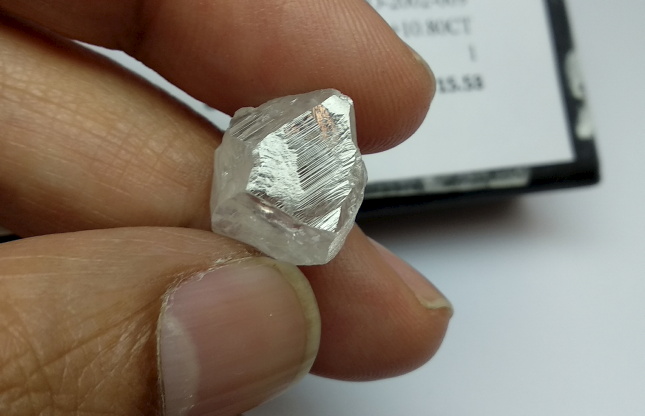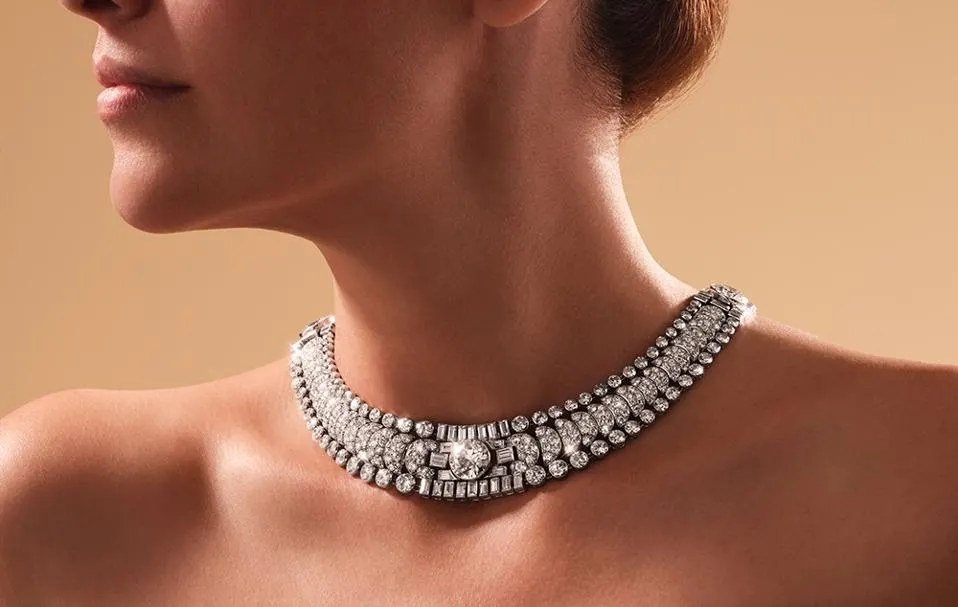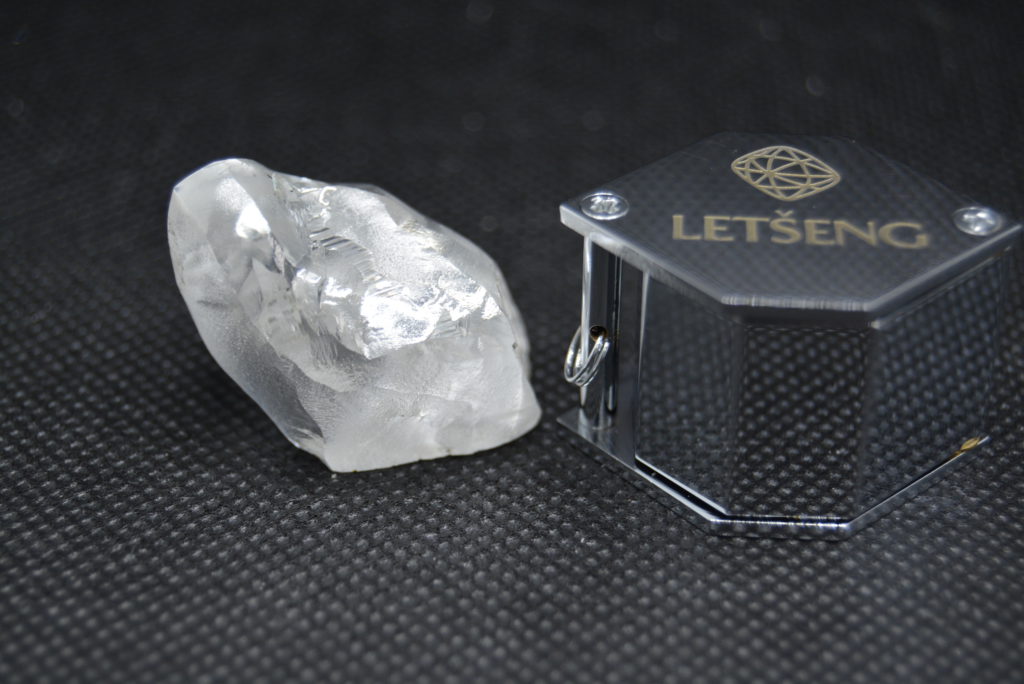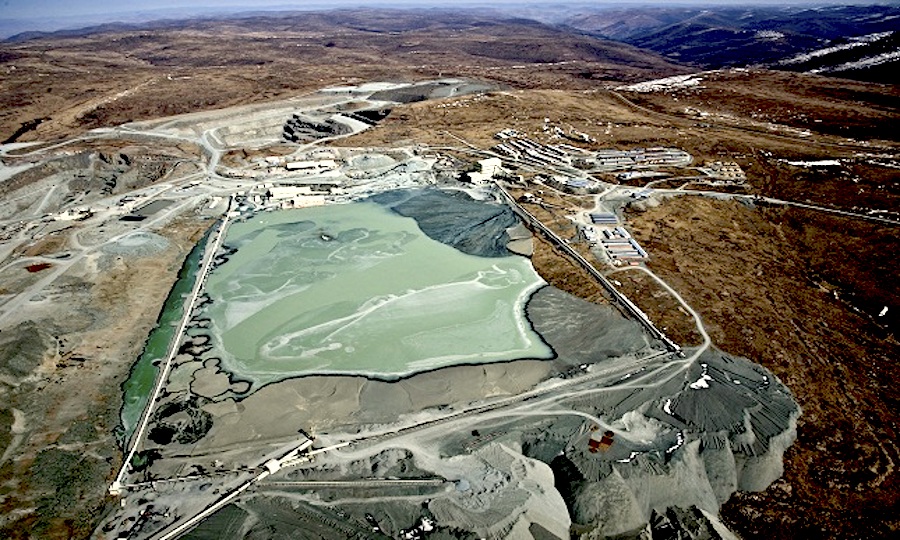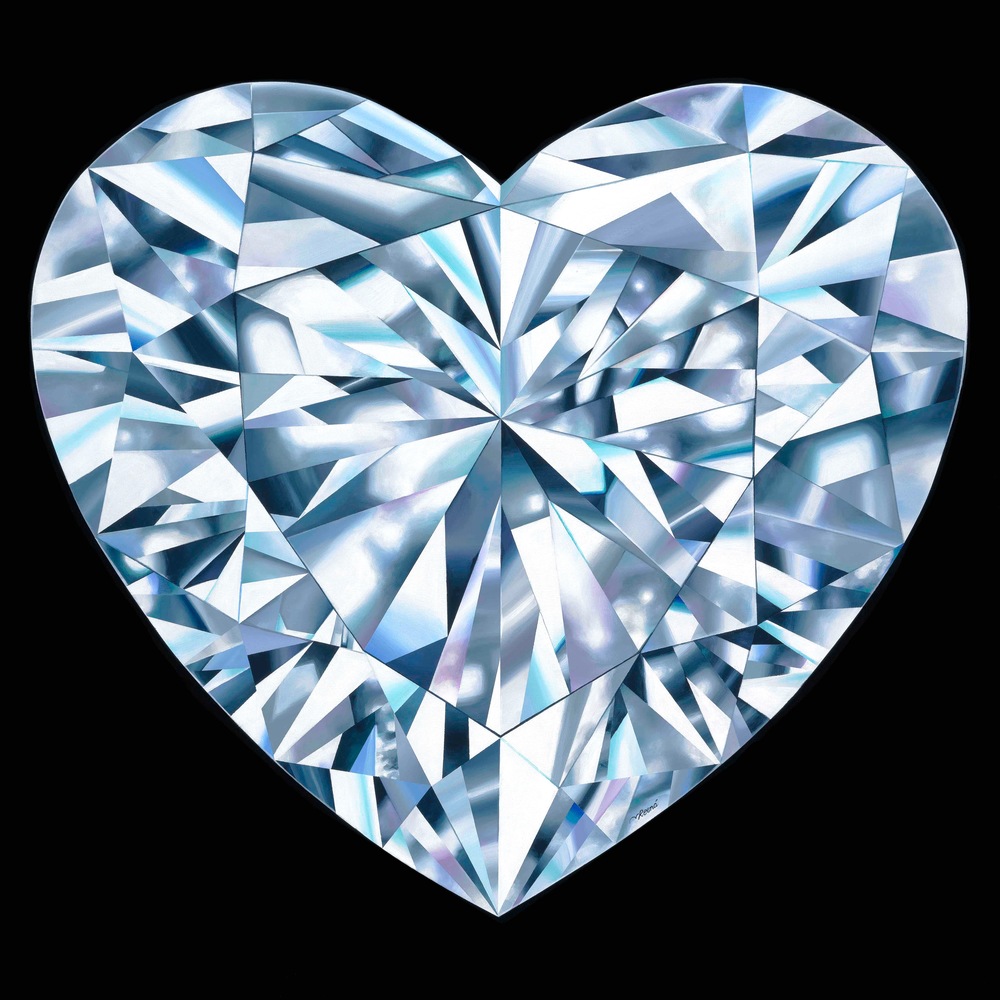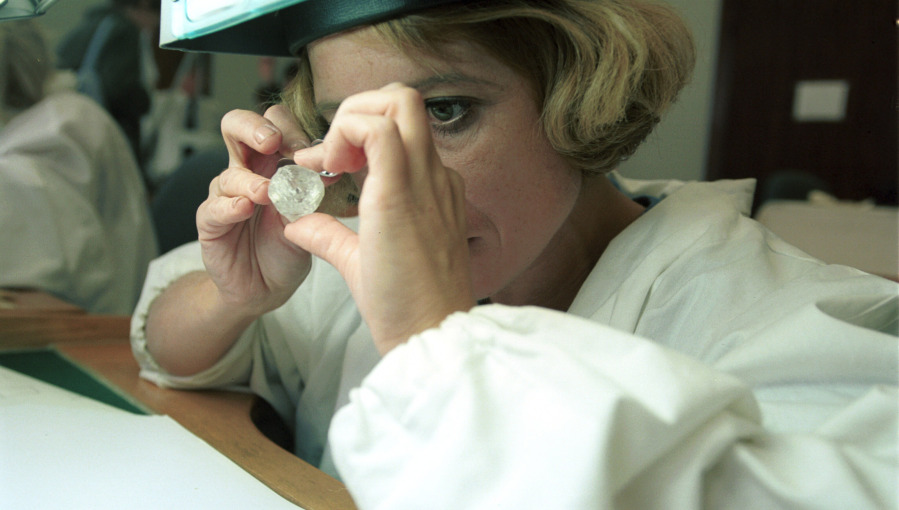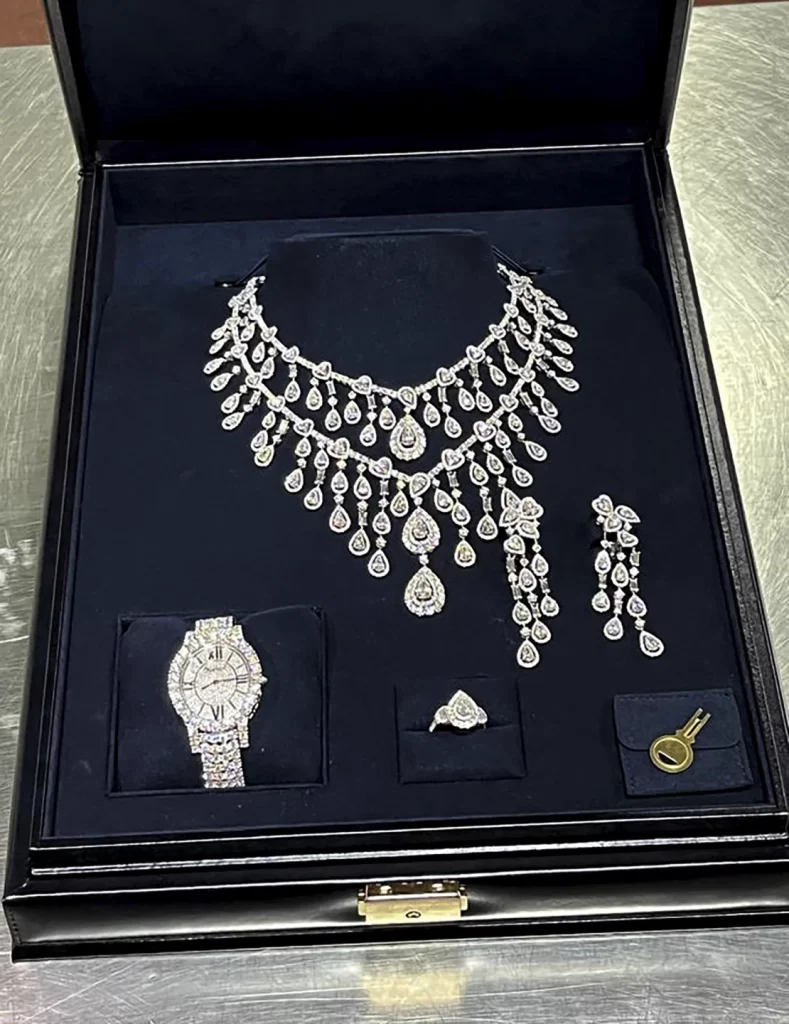
The indictment of former Brazilian President Jair Bolsonaro for money laundering and criminal association in connection with undeclared diamonds from Saudi Arabia marked the far-right leader’s second formal accusation, with more potentially in store.
The indictment on Thursday by Federal Police, confirmed by two officials with knowledge of the case, followed another formal accusation in March against Bolsonaro, for allegedly falsifying his COVID-19 vaccination certificate. Both officials spoke on condition of anonymity because they were not authorized to speak publicly.
Once Brazil’s Supreme Court receives the police report with the latest indictment, the country’s prosecutor-general, Paulo Gonet, will analyze it and decide whether to shelve it, ask for additional police investigation or file charges and force Bolsonaro to stand trial.
It’s still early to say how likely the last option is, but the police indictment already marked a turning point in the case, said legal expert Renato Stanziola Vieira, president of the Brazilian Institute of Criminal Sciences.
It dramatically raises the legal threats facing the divisive ex-leader that are applauded by his opponents but denounced as political persecution by his supporters.
Bolsonaro did not immediately comment, but he and his lawyers have previously denied any wrongdoing in both those cases, as well as in other investigations. One is probing his possible involvement in inciting a January 2023 uprising in the capital of Brasilia that sought to oust his successor from power.
Last year, Federal Police accused Bolsonaro of attempting to sneak in diamond jewelry reportedly worth $3 million and selling two luxury watches.
Police said in August that Bolsonaro received cash from the nearly $70,000 sale of two luxury watches he received as gifts from Saudi Arabia. Brazil requires its citizens arriving by plane from abroad to declare goods worth more than $1,000 and, for any amount above that exemption, pay a tax equal to 50% of their value.
The jewelry would have been tax exempt had it been a gift from Saudi Arabia to Brazil, but not Bolsonaro’s to keep for himself.
The investigation showed that Mauro Cid, Bolsonaro’s former aide-de-camp who allegedly falsified his COVID-19 records, sold a Rolex watch and a Patek Philippe watch to a store in the U.S for a total $68,000 in June 2022. They were gifted from the Saudi government in 2019. Cid later signed a plea bargain with authorities, confirming his actions.
Flávio Bolsonaro, the former president’s eldest son and a sitting senator, said on X after Thursday’s indictment that persecution against his father was “blatant and shameless.”
In addition to Jair Bolsonaro, police indicted 10 others, including Cid and two of his lawyers, Frederick Wassef and Fábio Wajngarten, according to one of the officials. Wassef said in a statement that he didn’t have access to the final report of the investigation, and decried selective leaks to the media of a supposedly sealed investigation.
“I am going through all of this solely for practicing law in defense of Jair Bolsonaro,” Wassef said.
Wajngarten said on X that police found no evidence implicating him. “The Federal Police knows I did nothing related to what they are investigating, but they still want to punish me because I provide unwavering and permanent defense for former President Bolsonaro,” he said.
Vieira, the legal expert, told The Associated Press over the phone, that he doubts Bolsonaro and the others would be tried.
“I see necessary criminal prosecution and necessary investigation of the facts.,” he said. “I’m even curious about Flávio Bolsonaro’s statement because these facts have been under investigation for some time.”
Jair Bolsonaro retains staunch allegiance among his political base, as shown by an outpouring of support in February, when an estimated 185,000 people clogged Sao Paulo’s main boulevard to protest what the former president calls political persecution.
His critics, particularly members of his rival President Luiz Inácio Lula da Silva’s political party, have cheered every advance of investigations and repeatedly called for his arrest.
The 69-year-old former army captain started his political career as a staunch advocate of Brazil’s military dictatorship, and was a lawmaker for nearly three decades. In his first bid for the presidency, in 2018, he was widely dismissed as an outsider and too radically conservative.
But he won a decisive victory, partly because he cast himself as an upstanding citizen following a sprawling corruption probe that ensnared hundreds of politicians and executives.
In his early days in office, Bolsonaro insulted adversaries and garnered criticism for his divisive policies, attacks on the Supreme Court and efforts to undermine health restrictions during the pandemic. In 2022, he lost his reelection bid in what was the closest vote finish since Brazil’s return to democracy in 1985.
Carlos Melo, a political science professor at the Insper University in Sao Paulo, said he doubts Brazil’s Supreme Court and the judge overseeing several investigations targeting Bolsonaro, Alexandre de Moraes, will risk sending the former president to prison or imposing other harsh measures.
The objective, Melo said, is to avoid instigating supporters of the far-right leader in a year of mayoral elections.
“Moraes and his fellow justices know that prosecuting a former president who remains a popular man would be even tougher in a year like this,” Melo said. “This indictment is another piece of the puzzle. It gives one more problem to Bolsonaro. There will be more.”
Last year, Brazil’s top electoral court ruled that Bolsonaro abused his presidential powers in the 2022 reelection bid, which rendered him ineligible to run in any elections until 2030 after he used the state television, government and the presidential palace officials, claiming to foreign ambassadors that the country’s electronic voting system was rigged.
Source: DCLA

